Rogue Gels have been recently introduced to photographers world wide by ExpoImaging, the company standing behind the Rogue Photographic Design brand. This new gelling solution is supposedly easier to use compared to other flash gel systems in the market today. Let's take a closer look and see if Rogue Gels are worth considering.
First of all, Rogue Gels are made from very high-quality materials. Professional photographers will appreciate durability of these filters. Also, like other products in the Rogue Photographic Design family, Rogue Gels look elegant and will complement your gear very well.
Rogue Gels come in two flavors: Universal Kit and Grid-only Kit. The Universal Kit can be used with virtually any flash and many flash accessories, whereas Grid Kit is specifically designed to fit Rogue Grid (introduced few months back). While Universal Rogue Gels can be certainly used with Rogue Grid, as well, the dedicated gel kit is a more convenient alternative.
Both Universal and Grid gel kits consist of 20 filters (1 white diffusing, 5 color correction, and 14 artistic color filters). As you may have guessed, the only difference between the kits is the shape of the filters and, therefore, the way you attach them to a flash.
To stay organized, each Rogue Gel Kit comes with a durable pouch and three cardboard dividers that list all filters with their properties. They help you separate the gels in groups and quickly find the ones you need. The included pouch makes it easy to carry the filters around and access them when necessary.
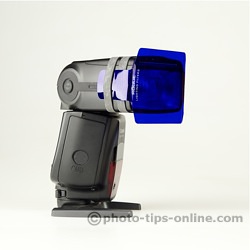 |
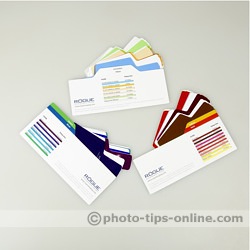 |
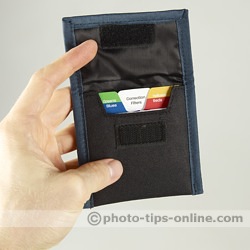 |
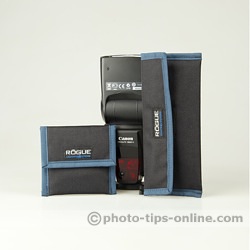 |
Each Universal Gel has two side flaps. To install on a flash, you tuck these flaps under a rubber band (included with the kit) that you put around your flash head. Our sample kit came with a double band, which we were not really happy about at first. We found it to be harder to put on a flash compared to a regular rubber band. However, in a few days, we got used to it. Regardless of that, according to the latest information from ExpoImaging, the double band is now being replaced with a regular band, which is also thicker to make it easier to grab it to insert the gel flaps.
The size of Universal Gels seems to be well-picked as it is not too large to make the gels cumbersome in use with small flash heads, and at the same time, it is not too small, so the gels can fit extra large heads, as well. Please note that if your flash features an ultra-wide head, you will have to center the gels more carefully to make sure the light does not bleed near the edges. This is not common, and Rogue Gels fit perfectly all Canon, Nikon, Sony, and many other flash units. The images below show how Rogue Gels fit the ultra-wide head of LumoPro LP160 and the small head of Nikon Speedlight SB-600.
 |
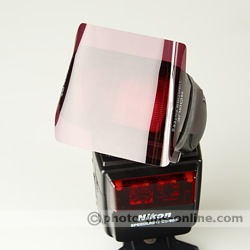 |
The Grid-only filters are cut to fit the bezel of the Rogue Grid. So, you simply put them into the bezel before installing the grid's honeycomb insert(s).
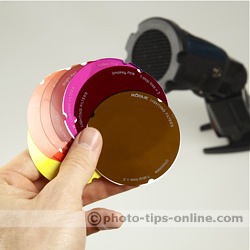 |
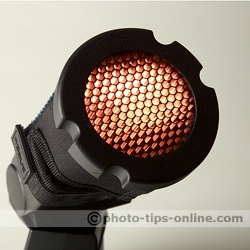 |
Our initial thought was that grid gels would be harder to install compared to the universal ones, but in reality, it's the other way around. The image below shows the way we like to insert the grid gels into the bezel.
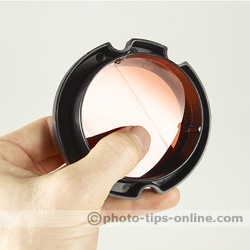 |
What we particularly like about Rogue Gels is their labels. Each filter has a name printed along one of the edges for an easy identification, but the best part is the light loss (in f-stops) value of the filter. This is great when you use a flash setup, where your flash units are set to manual power. Knowing the light loss enables you to quickly change filters in your light setting without any guess work: simply add or subtract the differences between the light loss values of the filters you swap and adjust the flash output accordingly. Also, each color correction filter from Rogue Gels Kits features color temperature information and a white balance symbol that can be matched with your camera settings.
 |
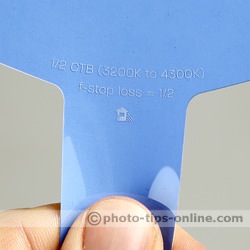 |
Rogue Gel Kits compare very well to the competing products such as Honl Photo Gel System or LumiQuest FXtra. Honl Photo gels are probably the easiest in use, but they may require trimming, and their carrying case is relatively big. LumiQuest FXtra has the advantage of having all filters right on the flash head rather than in a separate pouch, but changing the filters is not as convenient as it is with the two other products. Rogue Gels have the best labels that give you very useful info about the filters, and with the included pouch and quick reference dividers, it's easy to stay organized. On top of that, Rogue Gel Kits deliver the best value for the money, about half the price of an equivalent Honl Photo Gel System. Also, LumiQuest FXtra, while less expensive, comes with only 8 Rosco filters, and there is no way to organize them when you get more.
The following images show Rogue Gels side-by-side with Honl Photo and LumiQuest products.
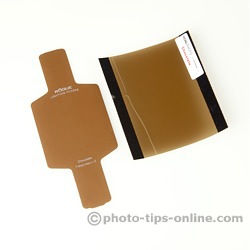 |
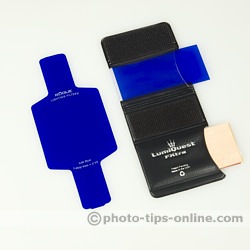 |
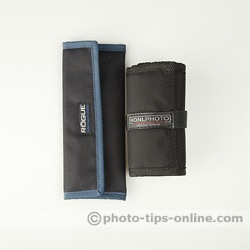 |
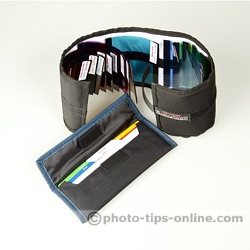 |
It is also worth mentioning that Rogue Gels (Universal and Grid) can be easily stacked together, which gives you more options for creativity.
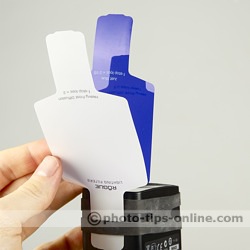 |
In the left image below, only one yellow filter was used. For the right image, the yellow and the white diffusing filters were stacked together. Please note that the flash power was increased in the second image by 2 f-stops (in accordance with the filter labels) to match the flash output of the first image.
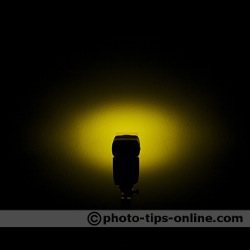 |
 |
To conclude, Rogue Gel Kits present an elegant color gel solution that can be a valuable addition to your list of gear. They are on par with high-quality products like the ones from Honl Photo and LumiQuest, but slick design and excellent labeling make them stand out from the competition.